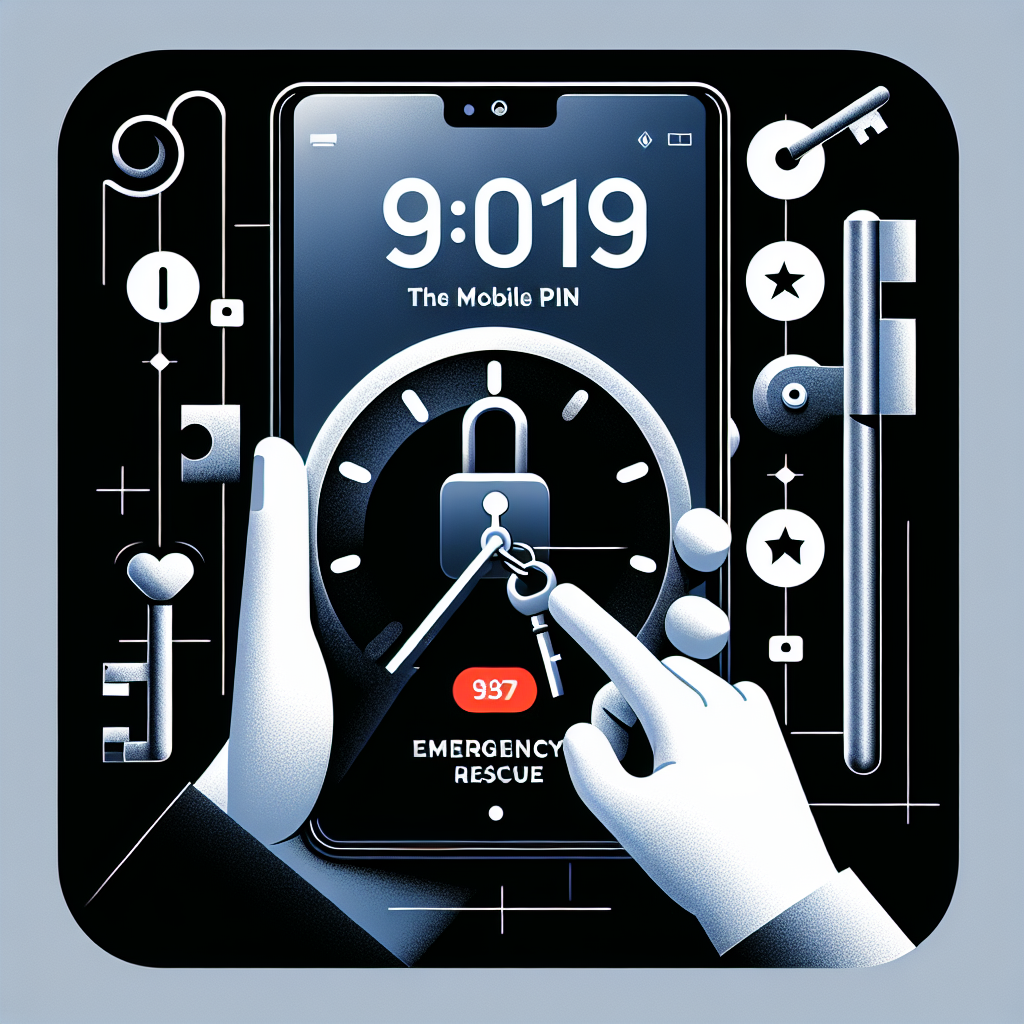Understanding ANSI to Unicode Converters: A Deep Dive
Explore the intricacies of ANSI to Unicode converters, their functionality, usage, and what makes them essential for data encoding in today's digital landscape.

What Is an ANSI to Unicode Converter?
An ANSI to Unicode converter is a tool designed to convert text encoded in the ANSI (American National Standards Institute) character set into Unicode format. While ANSI supports a limited number of characters—typically compatible with the Latin alphabet—Unicode encompasses a vast range of characters from multiple languages and scripts, making it essential for modern applications that require multilingual support.
Why Use an ANSI to Unicode Converter?
As businesses expand globally, the need for handling various languages and symbols becomes crucial. Here are several reasons why you should consider using an ANSI to Unicode converter:
- Increased Compatibility: Unicode is the standard encoding format for text files across different platforms, ensuring that text appears correctly regardless of the system.
- Multilingual Support: Unicode supports a wide array of languages, making it indispensable for applications requiring internationalization.
- Data Preservation: Converting from ANSI to Unicode helps preserve data integrity, especially when dealing with legacy systems or documents.
How Does ANSI to Unicode Conversion Work?
Converting from ANSI to Unicode involves mapping ANSI characters to their equivalent Unicode representations. The process can include:
- Character Mapping: Each ANSI character is replaced by a corresponding Unicode character. This mapping can vary depending on the specific ANSI code page in use (e.g., Windows-1252).
- Encoding Changes: The converter changes the byte representation of characters, ensuring the output conforms to Unicode standards.
Common Issues in ANSI to Unicode Conversion
While ANSI to Unicode converters are generally effective, there can be challenges:
- Loss of Information: If the ANSI text contains characters not represented in Unicode, those characters may be lost during conversion.
- Incorrect Mapping: Converters may not always map characters correctly, especially if the input ANSI is not standard.
- Encoding Conflicts: Different ANSI encodings (like ISO-8859-1, Windows-1252) may lead to conversion problems if the converter does not correctly identify the source encoding.
Best Practices for Using an ANSI to Unicode Converter
- Identify the Source Encoding: Before converting, ensure you know the specific ANSI encoding of your text to avoid misinterpretation.
- Utilize Reliable Tools: Choose reputable ANSI to Unicode converters. Tools like Notepad++, iconv, or online converters can efficiently handle conversions while maintaining data integrity.
- Check the Output: Always review converted text for accuracy. Verify that all characters are correctly represented and nothing is lost in translation.
Recommended ANSI to Unicode Converters
Some popular ANSI to Unicode converters include:
- Notepad++: This free text editor allows you to convert between different encoding formats effortlessly.
- iconv: A robust command-line tool that provides extensive support for converting between different character encodings.
- Online Tools: Websites like Convert Files provide easy-to-use online ANSI to Unicode conversion.
Conclusion
As technology evolves and the world becomes more interconnected, the need for ANSI to Unicode conversion tools becomes increasingly vital. Utilizing a reliable ANSI to Unicode converter ensures that your text data remains accessible and correctly formatted across diverse platforms. Whether you're developing a multilingual application or simply trying to access legacy documents, understanding how these converters function will empower you to make the most of your digital resources.
New posts

BYD Seal: Unraveling the Future of Electric Mobility
Sustainability

Everything You Need to Know About NIO Registrations: A Comprehensive Guide
Sustainability

Exploring the Ford VW MEB Platform: A Deep Dive
Volkswagen

WordPress Password Hash Generator: Everything You Need to Know

Demystifying WordPress Email Settings

Hidden Text in Image: Techniques for Steganography and Data Security

Uncovering the Secrets: How to Detect Hidden Metadata in Images
Photography

Mastering the Reset: How to Reset WordPress Admin Password in Minutes
Tutorials

The Ultimate Discord ASCII Art Generator: Create Unique Art for Your Server
Social Media

Effective Troubleshooting for WordPress Email Not Sending Issues
Troubleshooting